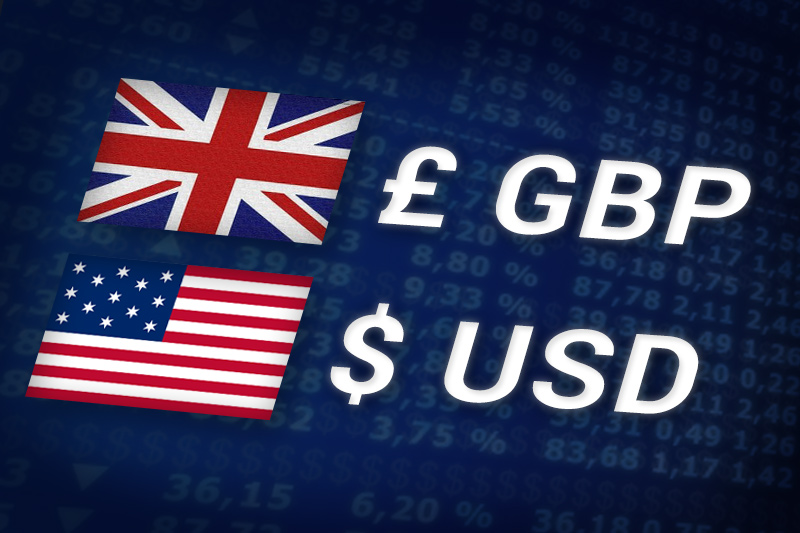Investing.com - The pound strengthened against the dollar on Thursday after Federal Reserve Ben Bernanke said he could not rule out propping up the world's largest economy with monetary stimulus measures.
In Asian trading on Thursday, GBP/USD hit 1.6167, up 0.03%, up from a session low of 1.6160 and off from a high of 1.6178.
The pair was likely to find support at 1.6110, the low of April 24, and resistance at 1.6183, the high of April 25.
In the U.S., the Federal Reserve concluded at its April monetary policy meeting that conditions meriting accommodative monetary policy will likely stick around through 2014 and left its benchmark interest rate target, the fed funds rate, unchanged at 0.0-0.25%.
The Fed made no mention of a need to stimulate the economy via quantitative easing in its official statement, although Bernanke said at a press conference afterward that such stimulus measures could not be ruled out.
"We remain entirely prepared to take additional balance sheet actions if necessary to achieve our objectives," Bernanke said.
"Those tools remain very much on the table and we will not hesitate to use them should the economy require that additional support."
Mere mention of quantitative easing, asset purchases from banks designed to boost liquidity, can send the dollar falling.
Also in the U.S., orders for durable goods came up short of expectations, falling 4.2% in March, their lowest level in three years, after a revised 1.9% gain the February.
The figures were much worse than forecast for a 1.7% decline.
Concerns the Fed may consider weakening the dollar in order to spur more recovery sent the greenback falling against the pound despite gloomy news out of the U.K.
In the U.K., the Office of National Statistics confirmed the country double-dipped back into recession, with gross domestic product falling 0.2 percent in the first quarter of 2012 after contracting 0.3 percent in the fourth quarter of last year.
The pound, meanwhile, was down against the euro and up against the yen, with EUR/GBP up 0.04% and trading at 0.8181 and GBP/JPY up 0.04% at 131.52.
In Asian trading on Thursday, GBP/USD hit 1.6167, up 0.03%, up from a session low of 1.6160 and off from a high of 1.6178.
The pair was likely to find support at 1.6110, the low of April 24, and resistance at 1.6183, the high of April 25.
In the U.S., the Federal Reserve concluded at its April monetary policy meeting that conditions meriting accommodative monetary policy will likely stick around through 2014 and left its benchmark interest rate target, the fed funds rate, unchanged at 0.0-0.25%.
The Fed made no mention of a need to stimulate the economy via quantitative easing in its official statement, although Bernanke said at a press conference afterward that such stimulus measures could not be ruled out.
"We remain entirely prepared to take additional balance sheet actions if necessary to achieve our objectives," Bernanke said.
"Those tools remain very much on the table and we will not hesitate to use them should the economy require that additional support."
Mere mention of quantitative easing, asset purchases from banks designed to boost liquidity, can send the dollar falling.
Also in the U.S., orders for durable goods came up short of expectations, falling 4.2% in March, their lowest level in three years, after a revised 1.9% gain the February.
The figures were much worse than forecast for a 1.7% decline.
Concerns the Fed may consider weakening the dollar in order to spur more recovery sent the greenback falling against the pound despite gloomy news out of the U.K.
In the U.K., the Office of National Statistics confirmed the country double-dipped back into recession, with gross domestic product falling 0.2 percent in the first quarter of 2012 after contracting 0.3 percent in the fourth quarter of last year.
The pound, meanwhile, was down against the euro and up against the yen, with EUR/GBP up 0.04% and trading at 0.8181 and GBP/JPY up 0.04% at 131.52.
